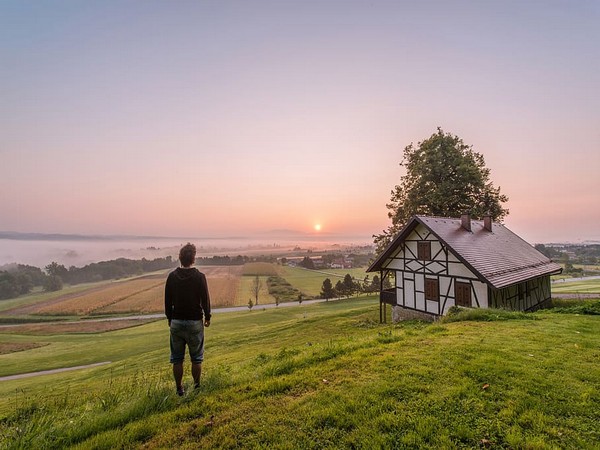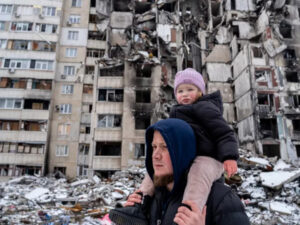
Washington [USA], May 26 (Sputnik/ANI): The number of coronavirus cases in the United States has increased by 20,634 in the last 24 hours, showing a decrease in the number of daily new cases, according to John Hopkins University.
The number of deaths has increased by 633, according to the database maintained by the university. On Sunday, the COVID-19 counts in the US increased by 21,675, while the number of fatalities grew by 1,108.
The US has a total of 1,653,904 cases , with the death toll of 97,948. (Sputnik/ANI)
Covid-19’s new surge hits rural America
Rural counties in the United States now have some of the highest rates of covid-19 cases and deaths in the country, topping even the hardest-hit New York City boroughs and signaling a new phase of the coronavirus pandemic that could devastate still more of America’s most vulnerable towns as states begin lifting stay-at-home restrictions.
As the death toll nears 100,000, 14 counties in New York, Michigan, Louisiana and Washington accounted for about half of the nation’s coronavirus-related deaths through mid-April, according to a Washington Post analysis of case data and interviews with public health professionals in several states.
The pandemic that first struck in major metropolises is now increasingly finding its front line in the country’s rural areas; counties with acres of farmland, cramped meatpacking plants, out-of-the-way prisons and few hospital beds. In these areas, where 60 million Americans live, having the majority of blacks, populations are poorer, older and more prone to health problems such as diabetes and obesity than those of urban areas.
They include immigrants and the undocumented — the “essential” workers who have kept the country’s sprawling food industry running, but who rarely have the luxury of taking time off for illness.
Many of these communities are isolated and hard to reach. “It is coming, and it’s going to be more of a checkerboard,” said Tara Smith, a professor of epidemiology at Kent State University in Ohio.
“It’s not going to be a wave that spreads out uniformly over all of rural America; it’s going to be hot spots that come and go. And I don’t know how well they’re going to be managed,” she added. America’s largest and most densely populated cities and suburbs still suffer more infections and deaths per capita, but those overall rates are increasing faster in smaller, rural counties where the virus has spread rapidly in the past month, the Post analysis found.
In many of those places, where the health-care system is already stretched thin, even a minor surge in patients is enough to overwhelm, it said further. There are still more than 180 counties across 25 states that have yet to report a positive case, according to The Post’s analysis.
Nearly all of them are among the least populous places in the country. Experts say it’s possible such locales have avoided the virus, but a lack of testing can also allow an outbreak to fester silently.
The newspaper cited a University of Texas study which found last month that in counties with no reported cases, there’s about a 10 per cent chance the virus is spreading undetected. Elsewhere, it may only be a matter of time. Of the 25 rural counties with the highest per capita case rates, 20 have a meatpacking plant or prison where the virus took hold and spread with abandon, then leaped into the community when workers took it home.
Such areas also rank high on the Centers for Disease Control and Prevention’s (CDC) social vulnerability index, which uses 15 social factors, including poverty, lack of vehicle access and crowded housing, to help local and federal authorities identify where people were “less likely to recover, and more likely to die” in the event of a disaster like a hurricane, a chemical spill or an epidemic.
“Essentially the results showed that as the social vulnerability index increased, the incidence of covid increased in those counties — in general, significantly so — and so did the case fatality rate,” Arshed Ali Quyyumi, the director of Emory’s Clinical Cardiology Research Institute, was quoted as saying.
To epidemiologists and physicians, this checkerboard spread was all very predictable. It was never a question of whether the virus would hit rural America, but when. (ANI)

















